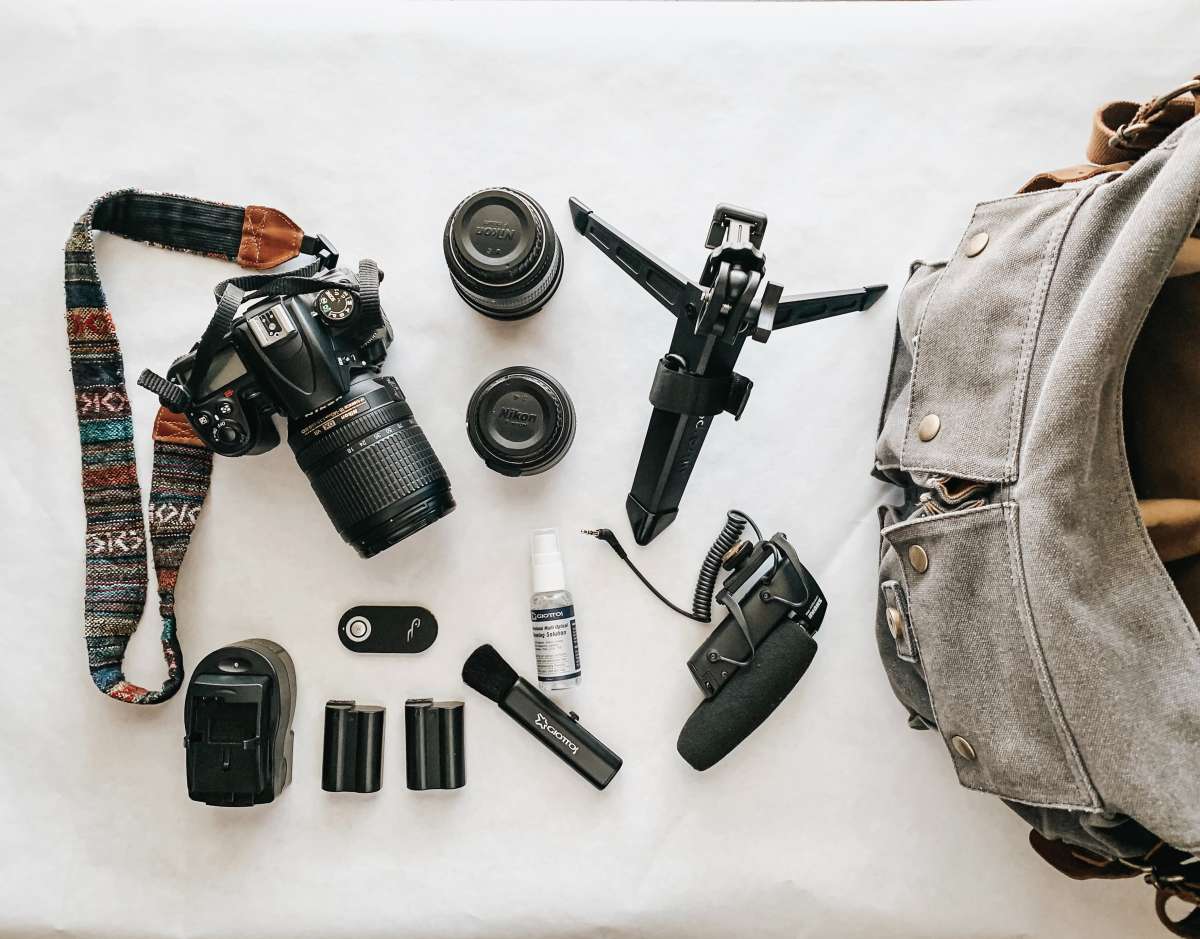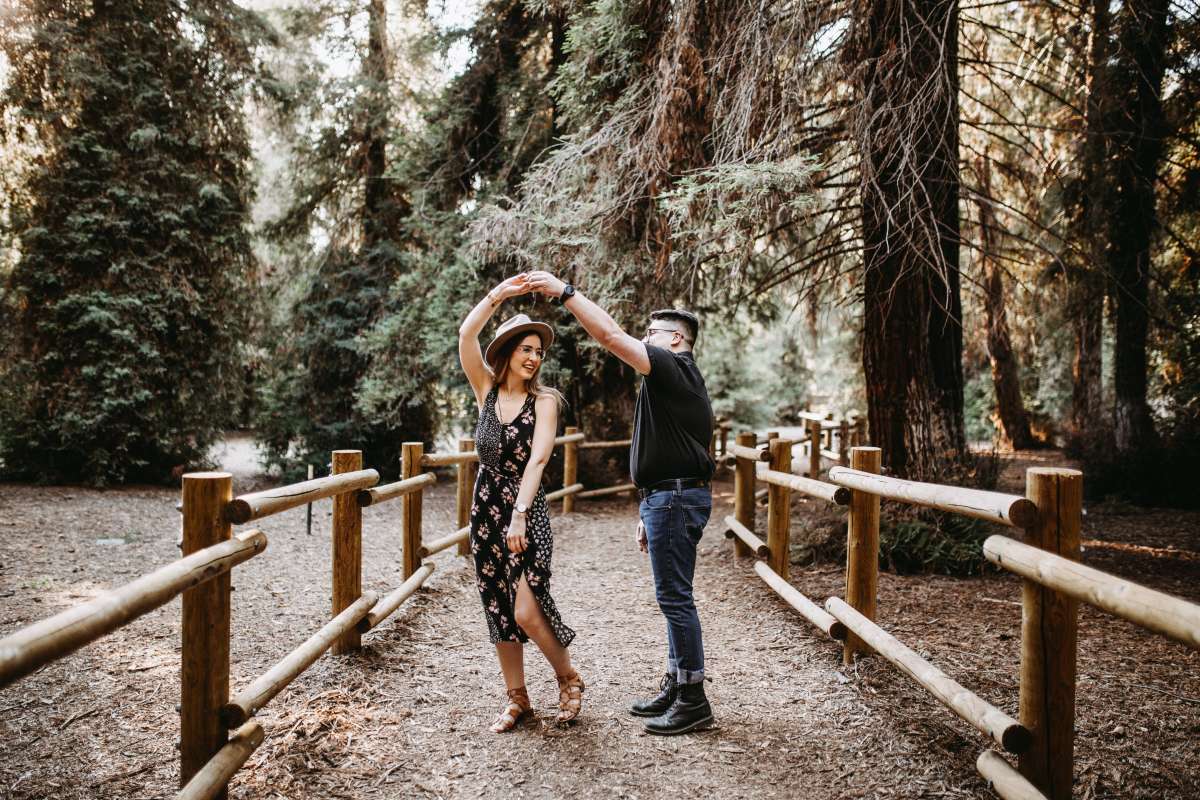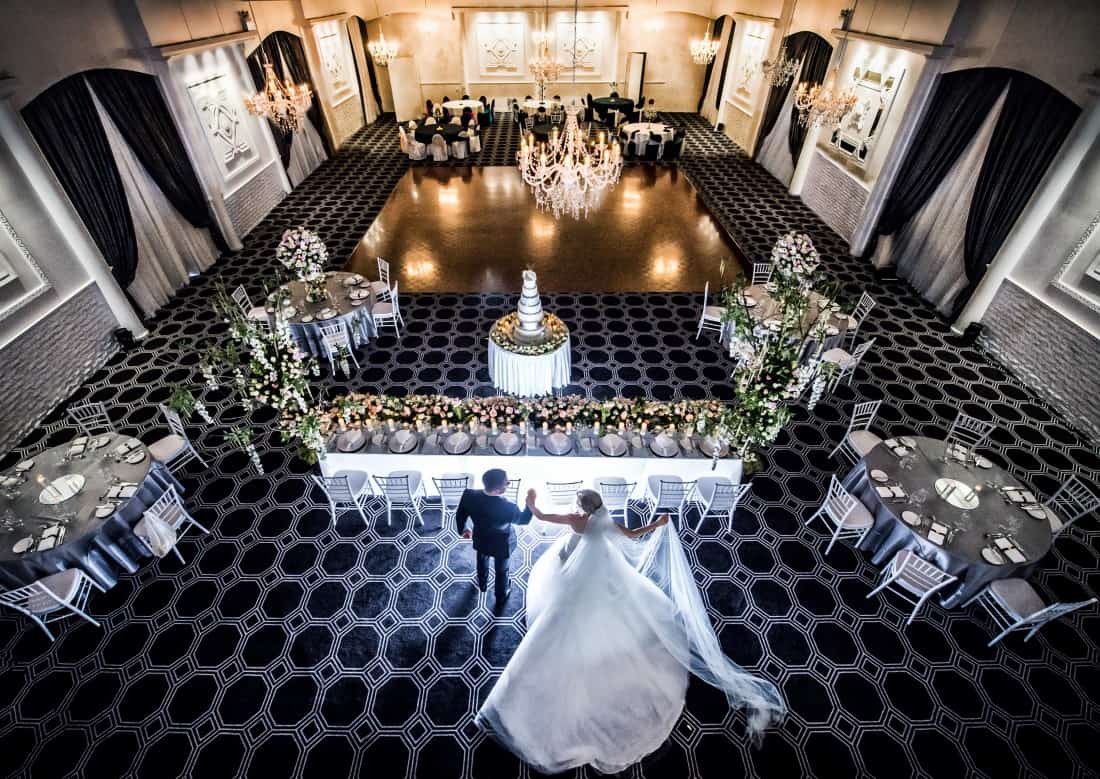Photographing a destination wedding is a privilege that offers unique challenges and incredible rewards. It’s an opportunity to capture one of the most significant days in a couple’s life, set against the backdrop of an exotic location. However, this type of photography requires careful planning, precise execution, and a flexible mindset. In this guide, we’ll look into the essential steps and tips to ensure you’re fully prepared to document a destination wedding with confidence and creativity.
Summary
Photographing a destination wedding is an honour that requires meticulous preparation. Pack light, focusing on essential gear, and ensure you have the right camera bag, backup equipment, and documentation. Arrive early to scout the location and adjust to any time zone differences. Communication with the couple is key, and flexibility on the wedding day is important. Capture the local scenery and focus on family moments. After the event, back up your photos and consider creating a custom pricing structure to cover travel expenses. Proper planning and adaptability will ensure you capture stunning memories for the couple.
Packing Essentials For Destination Wedding Photography
The Right Camera Bag
Choosing the right camera bag is important when travelling for a destination wedding. It would be best to have a bag that fits your gear and offers protection during transit. A travel-specific camera bag with extra padding is ideal, as it will keep your cameras, lenses, and other equipment safe from bumps and jolts.
Must-Have Gear
When packing for a destination wedding, it’s important to prioritise. Since you’ll likely be on the move and dealing with weight limits, you need to bring only the most essential items:
- Two DSLR Cameras: Always have a backup camera in case of technical issues.
- Lenses: Pack a versatile set of lenses, such as a 70-200mm f/2.8 for capturing distant subjects, a 24-70mm f/2.8 for general shots, a 50mm f/1.8 for portraits, and an 11-16mm f/2.8 for wide-angle shots.
- Lighting Equipment: Bring 4 Pocketwizards, a Nikon SB-910, and 2 Yongnuo EX-560II speedlights. These will cover most lighting needs, whether shooting in daylight or low light.
- Accessories: Include a shoot-through umbrella, a large Rogue Flash Bender for diffused lighting, a triple flash umbrella bracket, and a carbon fibre monopod for stability.
Additional Tech Gear
- Laptop and External Hard Drive: It is important to back up your photos immediately. Bring a laptop and an external hard drive to store your images securely after each day of shooting. This step is vital to keep all data.
- External Battery Pack: A portable charger ensures your devices stay powered throughout the day, even if you’re away from an outlet.
- Compression Socks: Compression socks are necessary for long flights to keep blood circulating and reduce the risk of Deep Vein Thrombosis (DVT).
- Rest Kit: This kit includes an eye mask, earplugs, a memory foam neck pillow, and a lightweight quilt to help you rest during overnight flights.
- Water Purification Bottle: Staying hydrated is key, especially when travelling. A water bottle with a built-in purifier helps you avoid illness from drinking contaminated water in unfamiliar locations.
- Universal Outlet Converter: Bring a universal adapter to charge your equipment anywhere.

Quick Tip: Pack Light
Packaging light is one of the most important tips for destination wedding photography. When you’re not driving to the wedding location, the weight of your gear becomes a vital consideration. Focus on bringing only what you truly need. The more gear you carry, the harder it will be to move around quickly and efficiently.
Consider Bringing An Assistant
Bring an assistant with you. An assistant can help in various ways, from carrying gear to managing lighting setups and coordinating with the couple or venue staff. In unfamiliar settings, they can also serve as an extra set of eyes, ensuring everything is noticed. Moreover, they can help you stay safe and manage unexpected situations.
Pre-Wedding Preparation
Thorough Research And Client Communication
Before committing to a destination wedding, it’s vital to understand the couple’s expectations fully. Ask detailed questions about:
- The events and coverage required: Know exactly how many days and events you’ll be shooting.
- Expected photo delivery time: Be clear when the couple expects to receive their photos.
If you realise that their demands conflict with other commitments or are beyond what you can reasonably deliver, it’s better to decline than risk politely disappointing the couple.
Securing Necessary Documentation
Photographing a wedding abroad involves more than just packing your gear. You’ll need to ensure all your documentation is in order:
- Visas: Depending on the destination, you may need a visa. Make sure to apply well in advance.
- Insurance: Verify that your gear and personal insurance cover the destination. Taking photos of your equipment and keeping receipts is a good idea, as this will help with any potential claims.
Develop A Backup Plan
Backing up wedding photos is non-negotiable each day after shooting; back up the images to your laptop and an external hard drive. This ensures that your photos are safe if anything happens to your gear. Additionally, keep your memory cards with you at all times, rather than in checked luggage, to avoid losing them.
Arrive Early
Arriving at the destination a day or two before the wedding is crucial. This extra time allows you to:
- Scout the Location: Walk through the venue, explore potential photo spots, and understand the lighting conditions at different times of the day.
- Adjust to Jet Lag: Get enough rest and adjust to the local time zone to be fresh and alert on the wedding day.
Establish A Communication Strategy
Communication can become tricky when you’re in a foreign country. Establish a clear communication plan with the couple before you leave. Exchange local contact details and decide on a meeting place or method of communication to avoid any issues on the day of the wedding.

On The Wedding Day
Flexibility Is Key
While having a rough schedule is essential, be prepared to adapt as needed. Weddings are dynamic, and things rarely go exactly as planned. Your ability to stay flexible and capture spontaneous moments will make your work stand out.
Highlight The Local Scenery
One of the unique aspects of a destination wedding is the stunning surroundings. Make sure to integrate the local scenery into your shots. Whether it’s a beach, a mountain range, or a historic site, these elements add a special touch that reflects the location’s character and makes the couple’s photos even more memorable.
Focus On Family
A wedding is not just about the couple, but about the union of two families. Make sure to capture a variety of shots of guests of all ages. These images will become cherished memories, especially for older family members or those who might not be around.
Create A Detailed Shooting Schedule
Collaborate with the couple to create a detailed shooting schedule for the day. This should include:
- Key moments: Ensure you’re present for all the important events, from the first look to the ceremony and reception.
- Family and group photos: Have a list of must-have group shots to ensure you don’t miss anyone important.
- Locations: Plan where each set of photos will be taken, considering lighting and background.
Post-Wedding Considerations
Take Time To Unwind
After the wedding, it’s important to give yourself time to unwind. Use at least one full day to relax, recharge, and take care of essential tasks like:
- Backing up your photos: Make sure multiple copies are stored in different locations.
- Creating a preview: Before you leave, consider putting together a small preview of the photos for the couple. This will delight the couple and build anticipation for the images.
Explore The Location
If time allows, explore the destination further and take additional photographs. These images could be included in the wedding album or used to enhance your portfolio. Always carry your memory cards with you to ensure the safety of the images.
Pricing And Contracts For Destination Weddings
Custom Pricing Structure
Destination weddings often require a different pricing approach due to the additional expenses. When setting your rates, consider:
- Travel costs: Include expenses for flights, accommodation, local transportation, and meals.
- Time commitment: Factor in the extra time required for travel and the actual wedding coverage.
- Custom packages: Depending on their specific needs, you may need to create bespoke packages for each couple.
Comprehensive Contracts
A thorough contract is essential for a destination wedding. It should cover all aspects of the agreement, including:
- Services included: Clearly outline what is covered, from the number of hours to the number of photos.
- Travel expenses: Specify what costs the couple will cover.
- Payment schedule: Ensure you agree on when payments are due.
Good communication is key to avoiding misunderstandings. After sending the contract, follow up with a call to review the details and answer any questions the couple might have.
Conclusion
Photographing a destination wedding is an extraordinary experience that comes with its own set of challenges and rewards. With the right preparation, flexibility, and communication, you can ensure that you capture the beauty and emotion of the day while also enjoying the opportunity to explore a new location. Relish the experience, and remember that the couple will treasure your photos for a lifetime.
FAQs About Wedding Destination
How Much Should a Photographer Charge for a Destination Wedding?
For most wedding photographers, typical prices are between $3,000 and $6,000; so just add estimated travel prices for your specific destination to get a general idea
Do You Pay for Your Wedding Photographer to Travel?
Based on what we’ve observed, any established and successful wedding photographer is going to charge to travel. Some newcomers may be more prone to not charging, or waiving fees, in an effort to more easily secure a new client.
Which Country Is Best for Wedding Photography?
- New Zealand. Credit: OneThreeOneFour
- Bali. Credit: OneThreeOneFour (Hendra)
- Japan. Credit: OneThreeOneFour (Kinosaki)
- Paris
- Taiwan
- Venice
- Korea
- Prague
How Does a Destination Wedding Work?
A destination wedding takes place in a location away from a couple’s hometown. Planning a destination wedding could be less expensive than planning a traditional wedding if it entails a smaller guest list or smaller reception. Using credit card points or miles can help to save money on destination wedding travel costs.
How Much Does a Wedding Photographer Cost Australia?
According to ASIC’s Moneysmart, the average price of an Australian wedding estimated at $36,200 – $54,000. Included, the average cost to hire a photographer in Australia is $3983.

